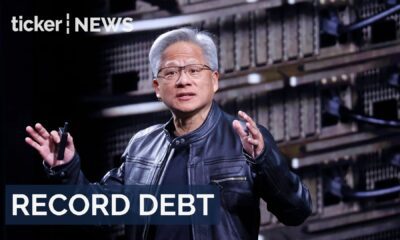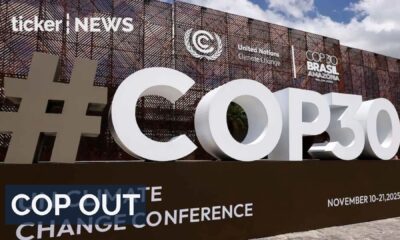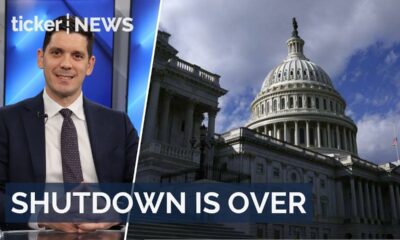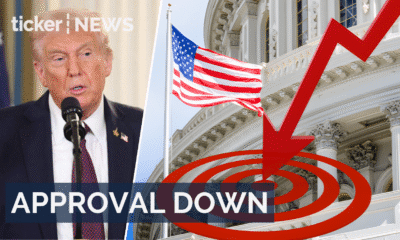Property
The great Australian dream slips further away with construction price spikes

Property
Investors discover 25 top house markets for growth
New report reveals 25 Australian suburbs offering strong rental growth, affordability, and investment potential
Property
Why government policies keep driving property prices higher
“New book reveals politicians’ policies inflate property values, making homes less affordable; insights for buyers from Terry Ryder.”
Property
The hidden costs driving Australia’s housing crisis
-



 News4 days ago
News4 days agoMicrosoft and Nvidia invest heavily in Anthropic
-



 Tech17 hours ago
Tech17 hours agoAmazon engineers heavily impacted by record layoffs
-



 Tech17 hours ago
Tech17 hours agoBig Tech’s record debt fuels AI infrastructure concerns
-



 News17 hours ago
News17 hours agoEU stalls COP30 climate deal over fossil fuel concerns
-



 Leaders5 days ago
Leaders5 days agoWealth building requires discipline over chasing returns
-



 News5 days ago
News5 days agoU.S. shutdown ends: what’s next?
-



 News4 days ago
News4 days agoTrump’s approval rating hits lowest point amid concerns
-



 News4 days ago
News4 days agoTech stocks on edge ahead of Nvidia








